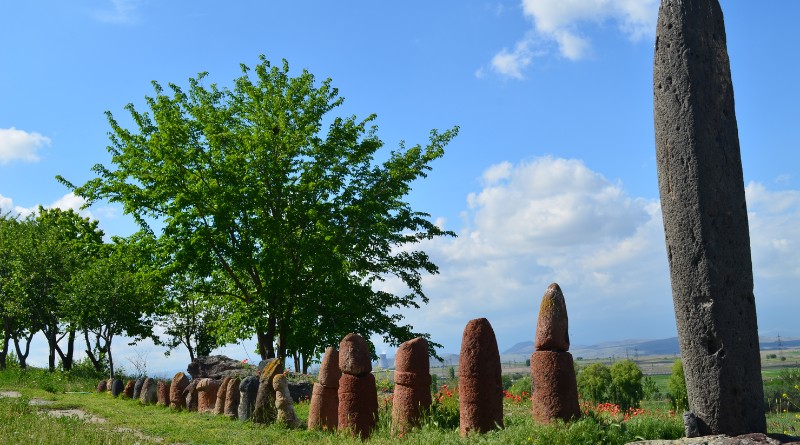
Armenia’s Vishapakar Stones: On the Path to UNESCO World Heritage List
Armenia’s vishapakar stones, ancient monoliths of significant cultural and historical value, have been included in UNESCO’s Tentative World Heritage List. These unique monuments represent Armenia’s ancient heritage and serve as evidence of the enduring importance of Armenian culture in the region throughout the centuries.
Recently, these stones were also presented at the 9th International Online Congress of “World Heritage of CIS Countries.” The National Academy of Sciences delivered a report titled “Armenia’s Vishapakar Stones and Their Path to World Heritage”. Participating countries endorsed the report and outlined paths for future collaboration.
In 2023, the Institute of Archaeology and Ethnography of the National Academy of Sciences developed the nomination “The Vishaps and the Cultural Landscape of Tirinkatar”. This nomination was submitted for inclusion in UNESCO’s World Heritage List. By July 2024, during the 46th session of UNESCO’s World Heritage Committee in New Delhi, it was officially added to the Tentative List.
Across various regions in Armenia, numerous monuments dedicated to the worship of dragons—known as vishapakar stones—can be found. These single-stone sculptures are often fish-shaped, with carvings depicting snakes, bulls, rams, storks, and other animals. Vishapakars were traditionally placed near the sources of springs, waterways, and reservoirs as idols of deities who protected agriculture and irrigation.
